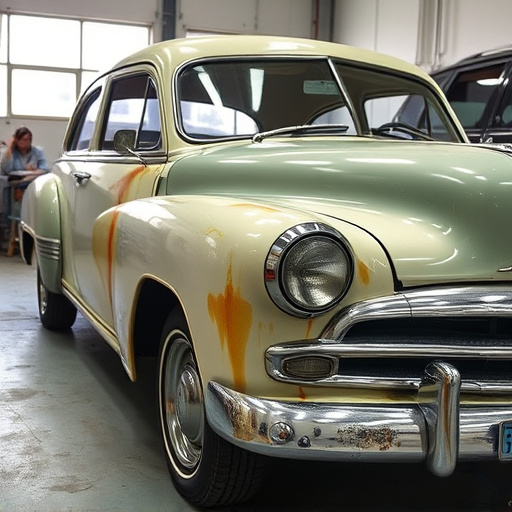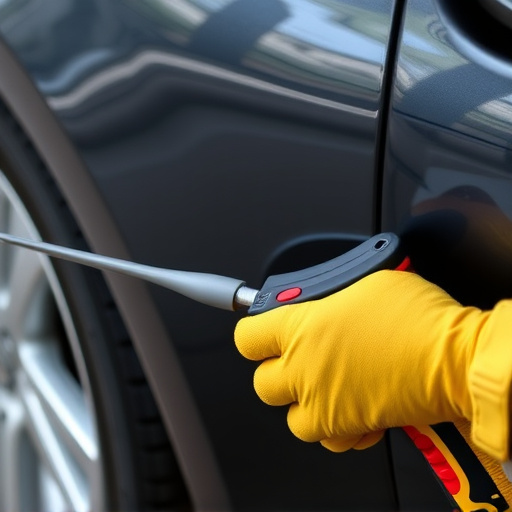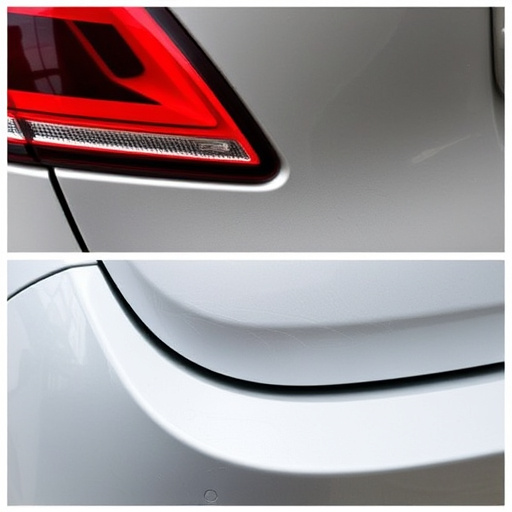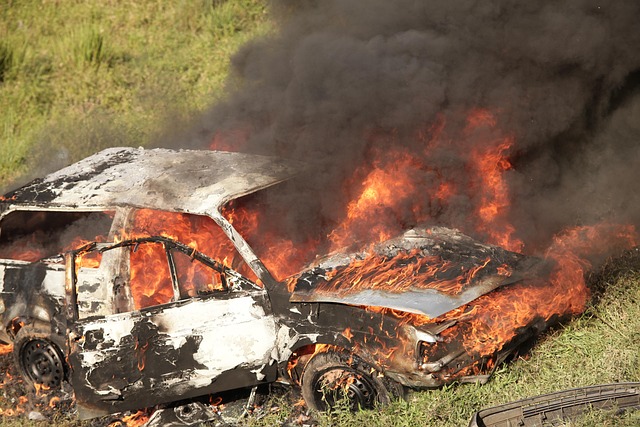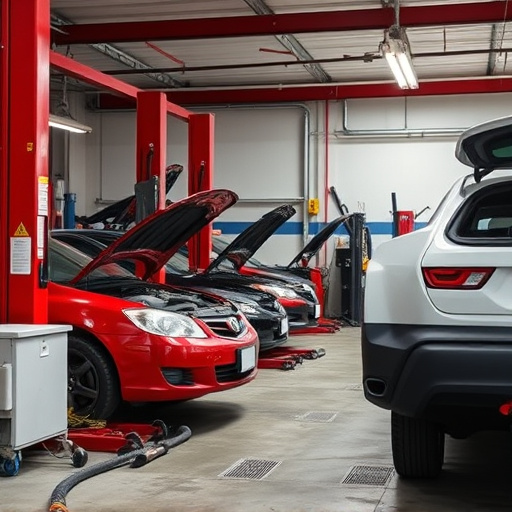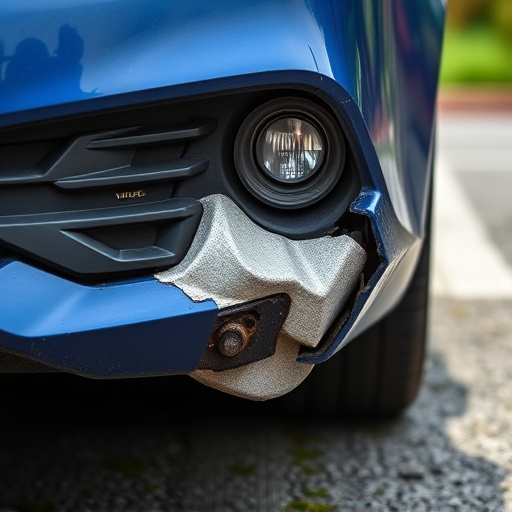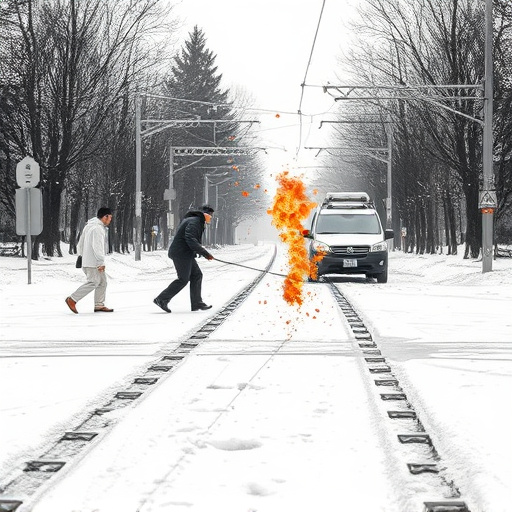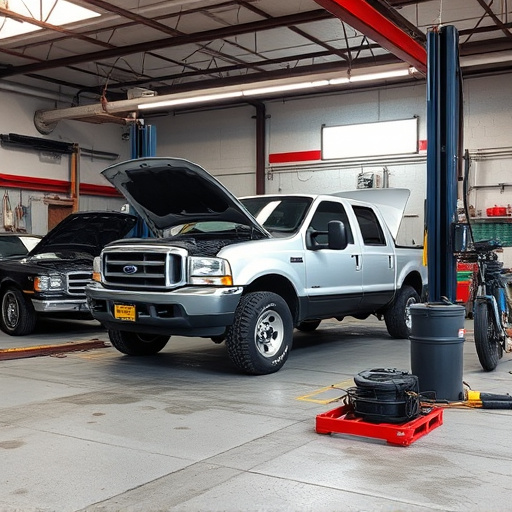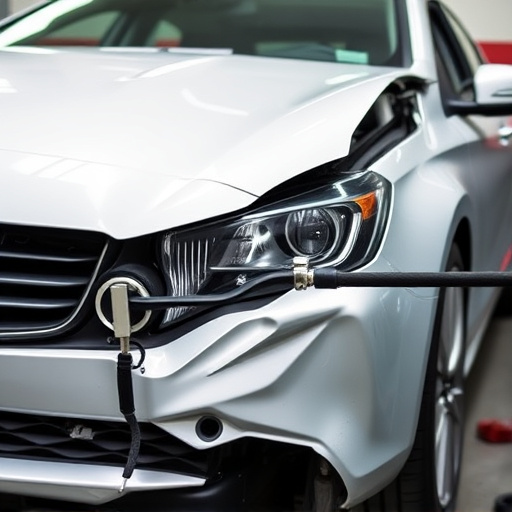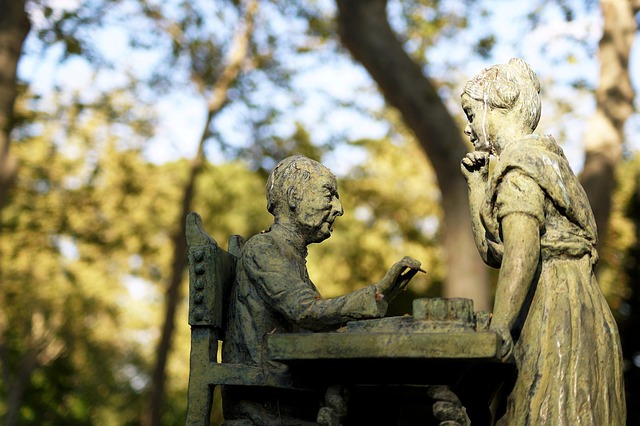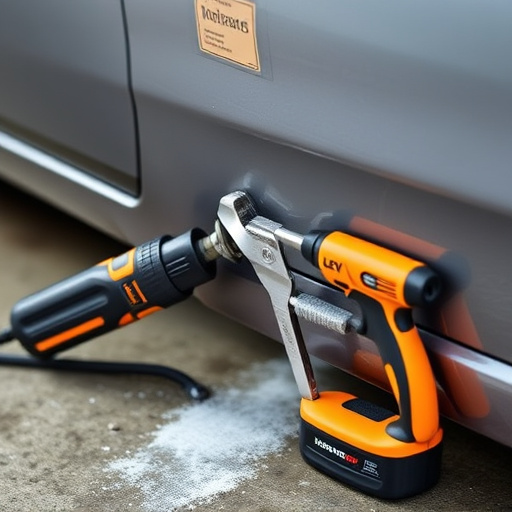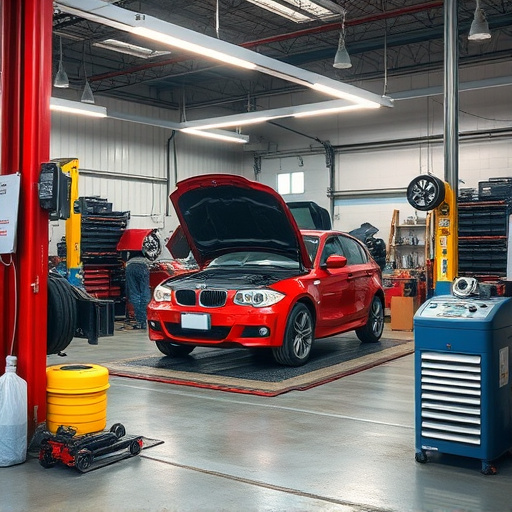After a car crash, the intricate AC system is at risk due to internal trauma, requiring specialized collision repair. Technicians inspect and address damage to components like condensers, compressors, and evaporator coils, using advanced tools and expertise for disassembly and replacement. Paintless dent repair techniques preserve both vehicle aesthetics and cooling performance while ensuring passenger safety and comfort through meticulous testing and high-quality spares. AC system collision repair is crucial for restoring optimal climate control functionality post-accident.
After a car crash, damaged air conditioning (AC) systems often go unnoticed, yet they require expert attention. This article delves into the intricate process technicians employ to repair AC systems post-collisions. We explore common AC damage in car crashes and how professionals assess and fix these issues safely and efficiently. Understanding this process is key for vehicle owners, as proper AC system collision repair ensures not just comfort but also prolongs the life of your car’s cooling mechanism.
- Understanding AC System Damage After Car Crashes
- The Step-by-Step Repair Process for Technicians
- Ensuring Safe and Efficient AC System Restoration
Understanding AC System Damage After Car Crashes

After a car crash, it’s not just the visible damage that needs attention; the AC system also often suffers internal trauma. The force exerted during an accident can cause components to shift, bend, or break, leading to inefficient cooling or even complete failure of the AC system. This is especially true for modern vehicles where the condenser, compressor, and evaporator coils are intricately designed and fragile.
During collision repair, technicians must thoroughly inspect each part of the AC system, addressing not only visible dents or cracks in components like the hood or fender but also internal damage. While car paint repair and vehicle dent repair are crucial for aesthetics, AC system collision repair is essential to ensure the vehicle’s climate control functionality remains intact. Technicians use specialized tools and expertise to disassemble, assess, and replace damaged parts, restoring the AC system to its optimal condition.
The Step-by-Step Repair Process for Technicians
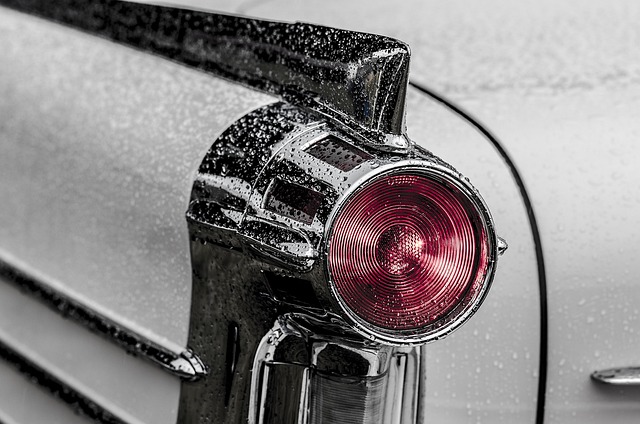
When an AC system is involved in a car crash, technicians must approach the repair process with careful precision. The initial step involves a thorough inspection to assess the extent of damage to the compressor, condenser, evaporator, and other components. Technicians use specialized tools to identify leaks and ensure all parts are intact.
Once the assessment is complete, the technician begins the repair. This typically includes replacing damaged or faulty parts, recharging the refrigerant, and addressing any issues with the electrical system that may have been affected during the collision. For AC systems requiring auto body painting or paintless dent repair, technicians employ advanced techniques to restore the aesthetic integrity of the vehicle while ensuring optimal cooling performance post-repair.
Ensuring Safe and Efficient AC System Restoration

After a car crash, restoring an AC system to its optimal state is paramount for both passenger comfort and safety. Technicians approach this process with meticulous care to ensure efficient and safe collision repair. They begin by conducting thorough inspections, identifying any damage to components like coils, condensers, and fans. Advanced diagnostic tools help pinpoint issues, ensuring no hidden problems go undetected.
Proper restoration involves careful disassembly and replacement of damaged parts, followed by precise reassembly. Technicians use high-quality spares, often sourced from reputable manufacturers, to maintain system efficiency. Once restored, the AC system undergoes rigorous testing to guarantee optimal performance. This meticulous process combines technical expertise with safety protocols, ensuring that when the vehicle returns to the road, its climate control system is reliable and ready for any passenger’s comfort needs.
After a car crash, it’s not just the vehicle’s exterior that may sustain damage; the intricate components of the AC system can also be affected. Technicians employ meticulous steps to restore these systems, ensuring safe and efficient operation. By understanding potential AC damage and following structured repair processes, they can help drivers stay cool even after traumatic events. This specialized AC collision repair is vital for customer satisfaction and vehicle longevity.
